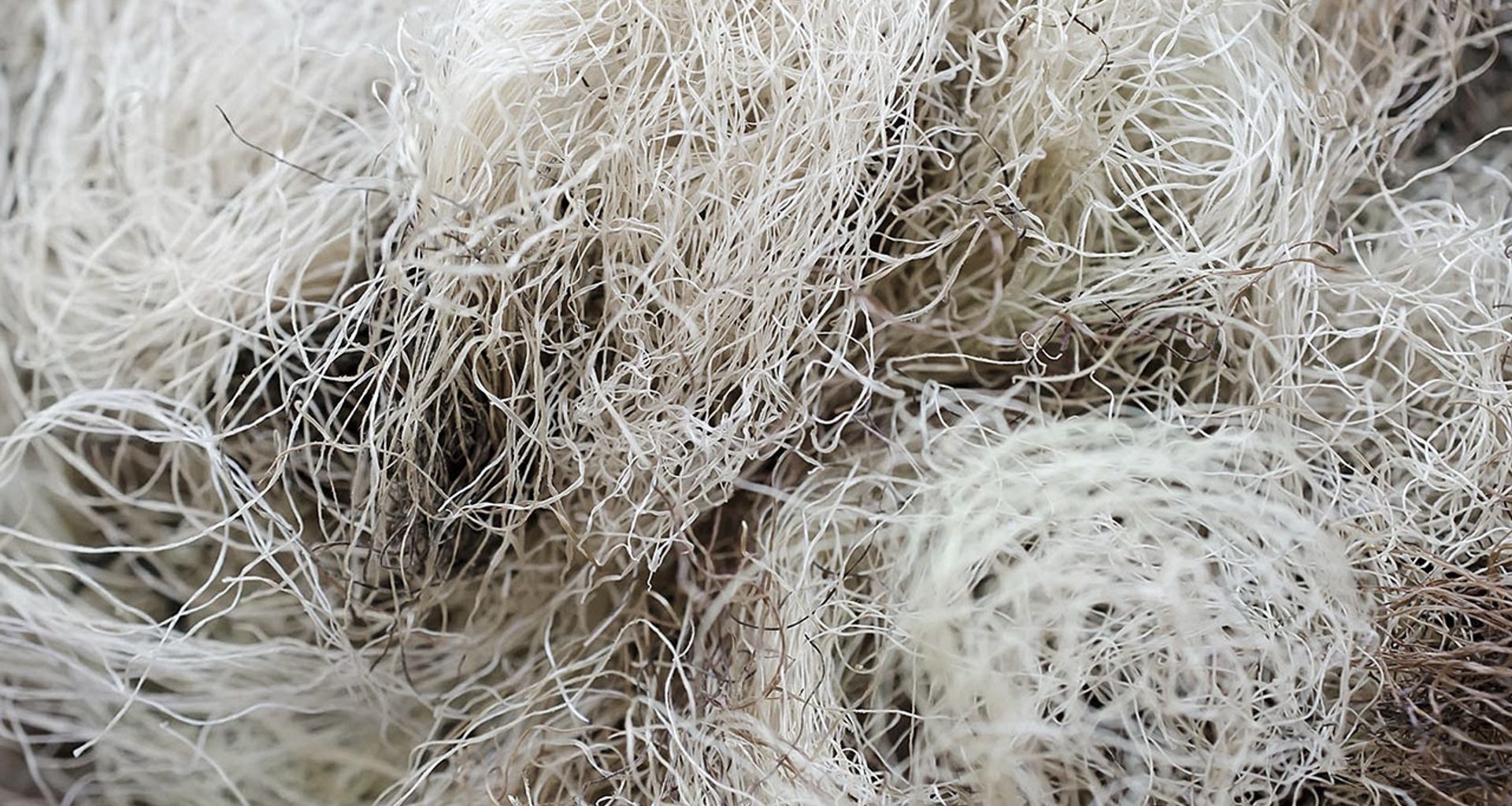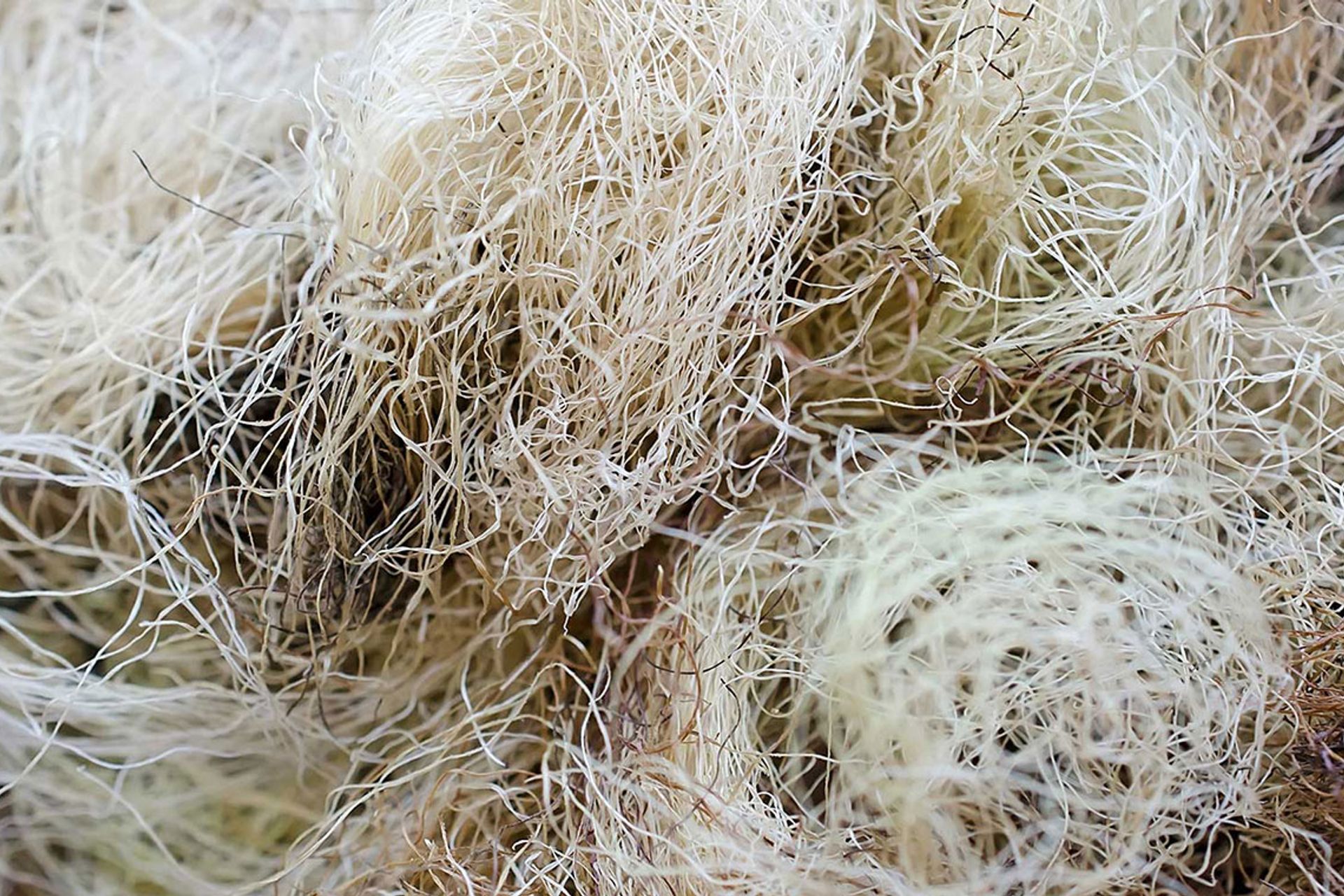Beyond P.E.T

Plant-based alternatives to polyester
The fact that we use a percentage of recycled polyester in our products and they are recyclable at the end of their life is something we are proud of as that’s where many companies would stop. But that’s not in our nature; we want to be better, and that’s what makes us unique. Within our company values it states the we are challengers and innovators, and this is applied to all aspects of our business.
Recently we heard about fibres made from Polylactic Acid (PLA) polymers. These are a plant-based alternative to Polyester and we wanted to be the first to explore its ability to be used in the manufacture of our acoustic and insulation products. PLA polymer is produced from corn, cassava, sugar cane or beets which is carefully selected to ensure only abundant, locally available, and sustainable feedstock is used. The feedstock is then converted into a raw material that our fibre manufacturers can turn into the fibres we use in our range of products.

Innovating sustainability
Our immediate concern was to ensure the crop feedstock (e.g. corn, cassava, sugar cane or beets) was sustainability sourced. After an investigation of PLA suppliers we identified a supplier in the USA who has a core value in sustainability. They acknowledge that different feedstocks have advantages and disadvantages, so they are committed to critically assessing and assuring the sustainability of each and every feedstock they use.
Things were looking promising, but the limiting factor appeared to be how to manage the product at the end of its life. At Autex, we currently use PET fibre in our products which is fully recyclable. To enable our products to continue to be recycled we wouldn’t be able to use PLA as it would contaminate the plastic. We are not alone in trying to work around this issue and many consumers are confused about how to dispose of PLA where re-processing facilities aren’t available.
The hope is, that over time, more facilities will become available to handle and manage PLA waste. In the meantime, we are determined to keep pushing forward and further our understanding of this innovative material. The next step is to undertake a full Life Cycle Impact Assessment of GreenStuf using PLA to understand the true environmental benefits of this material.
